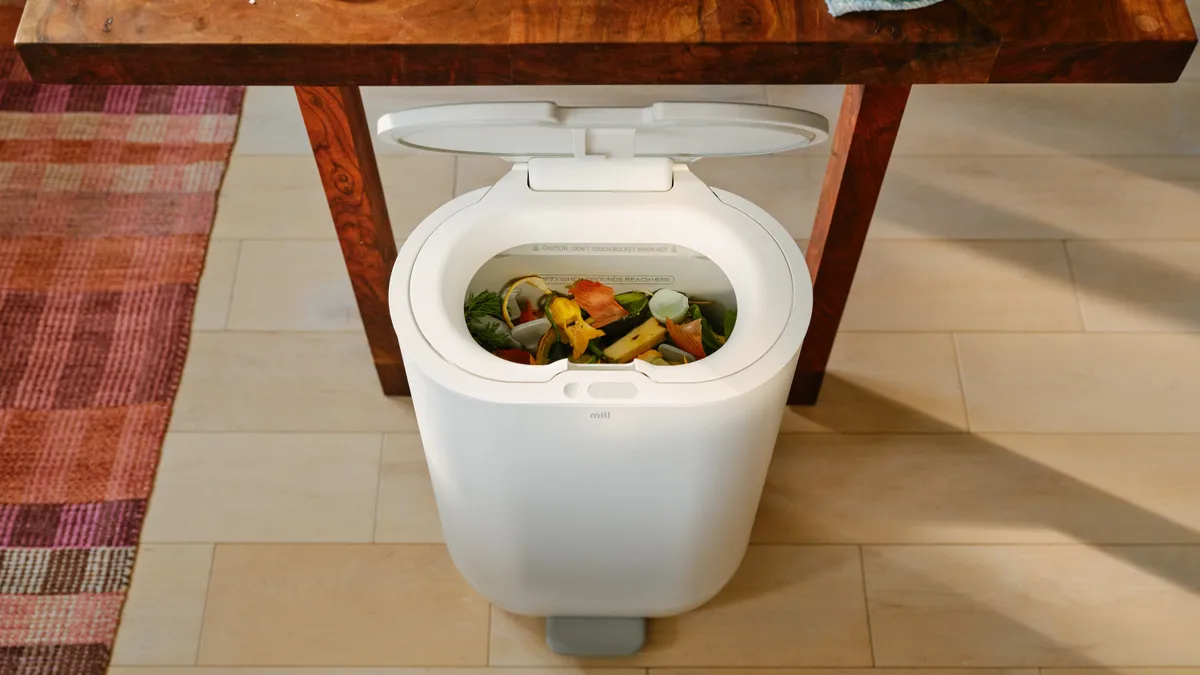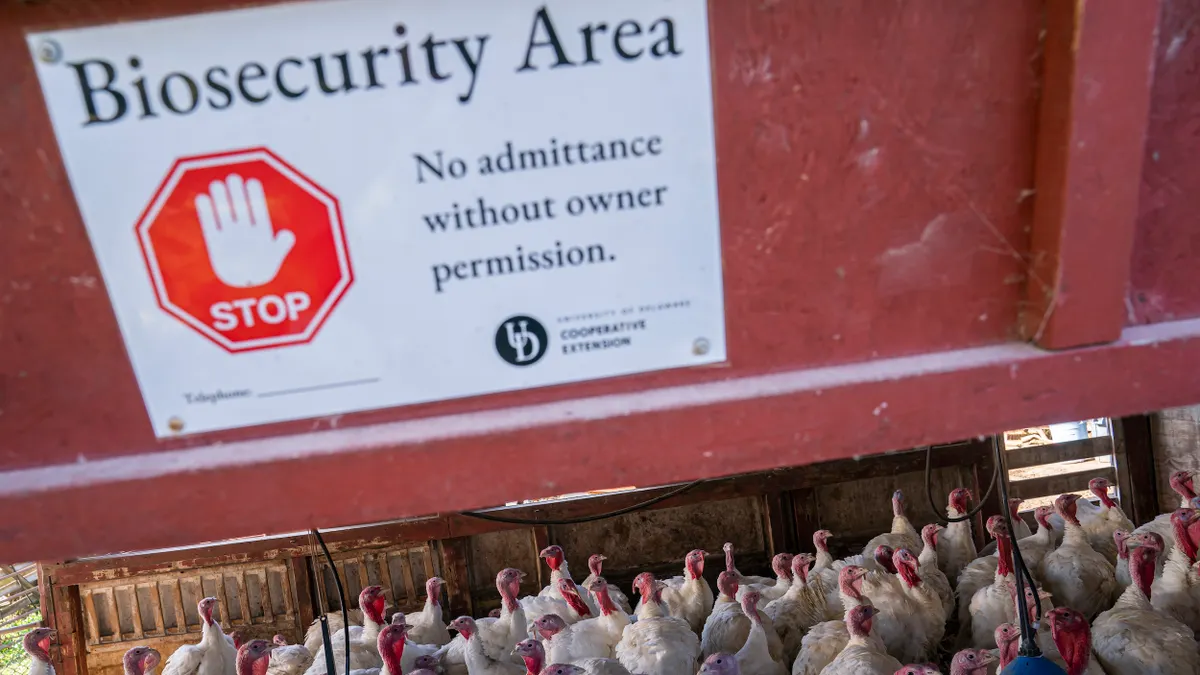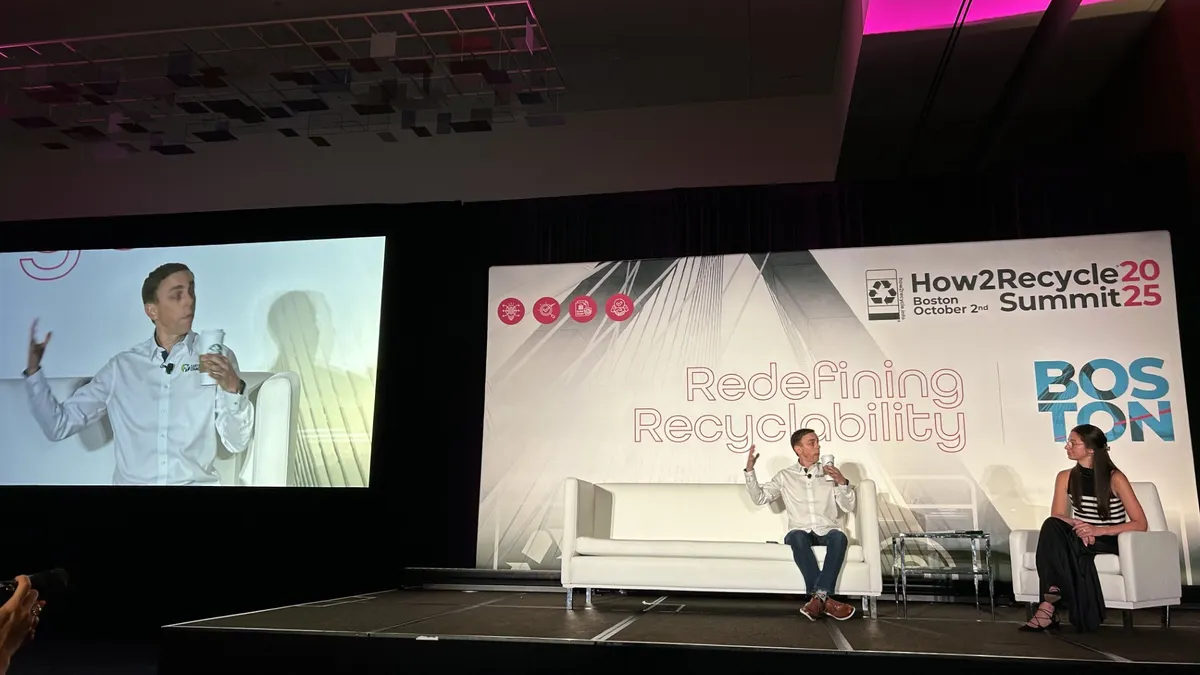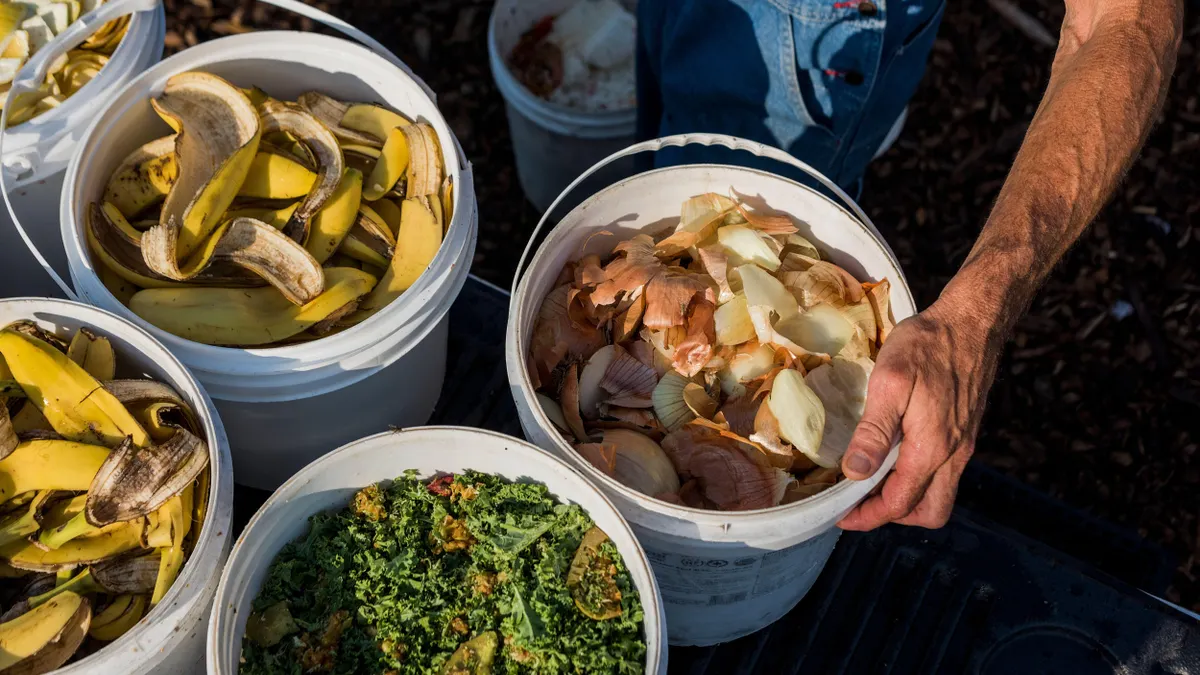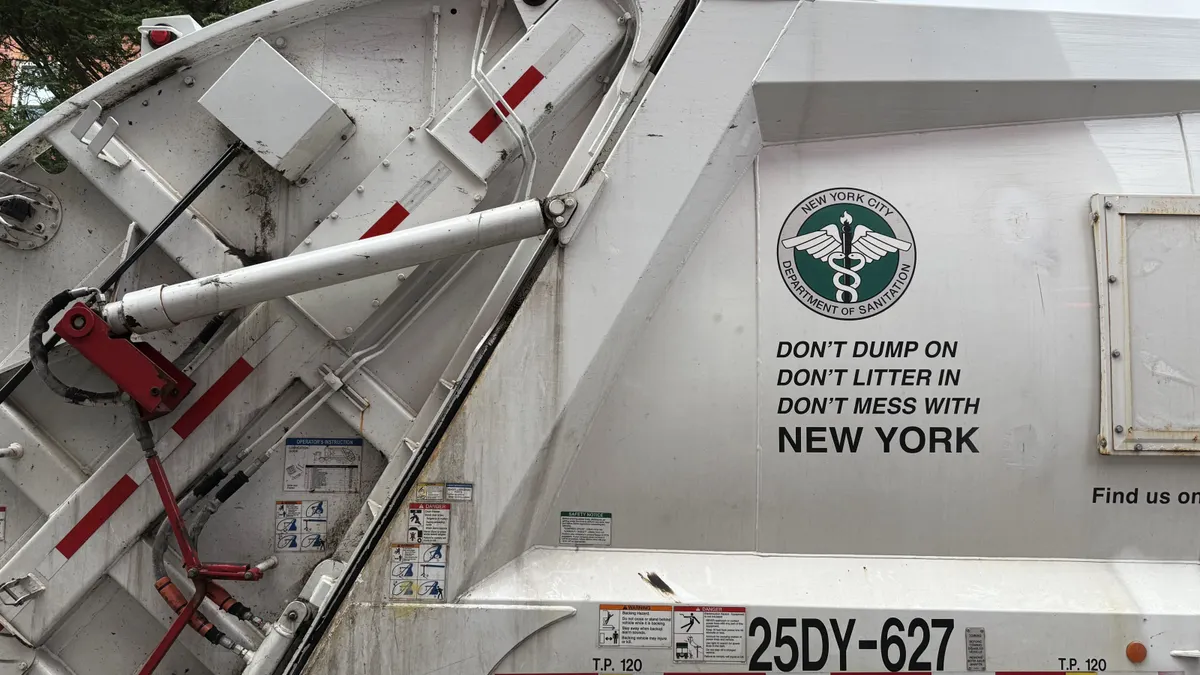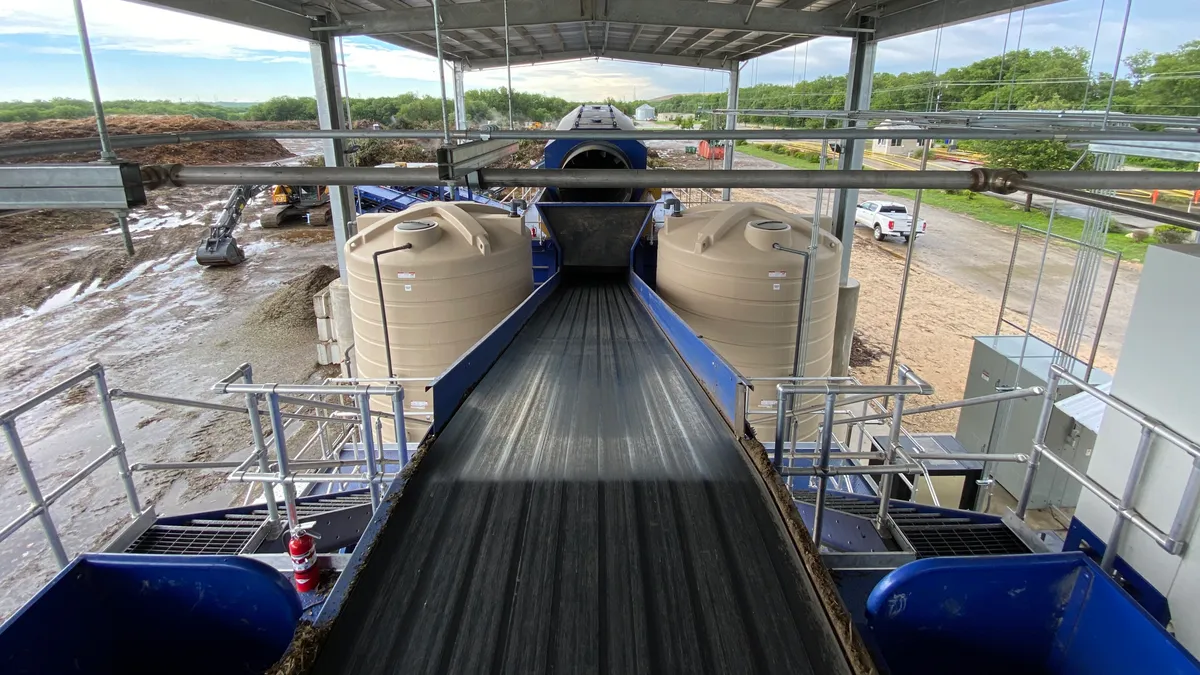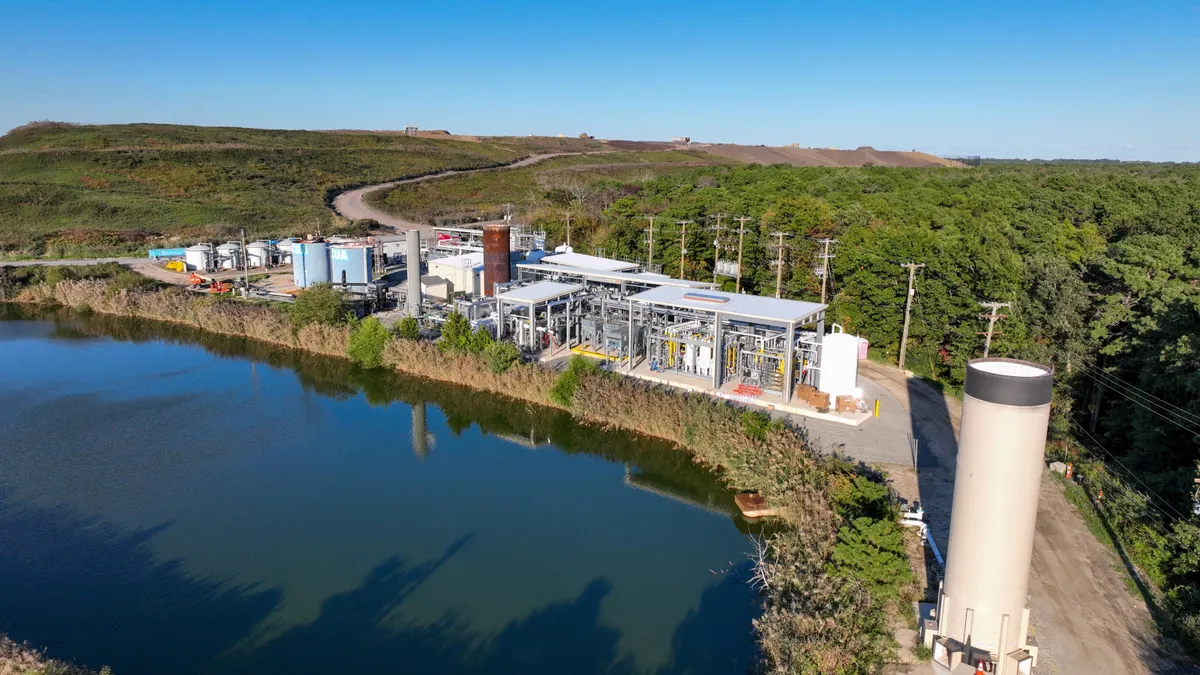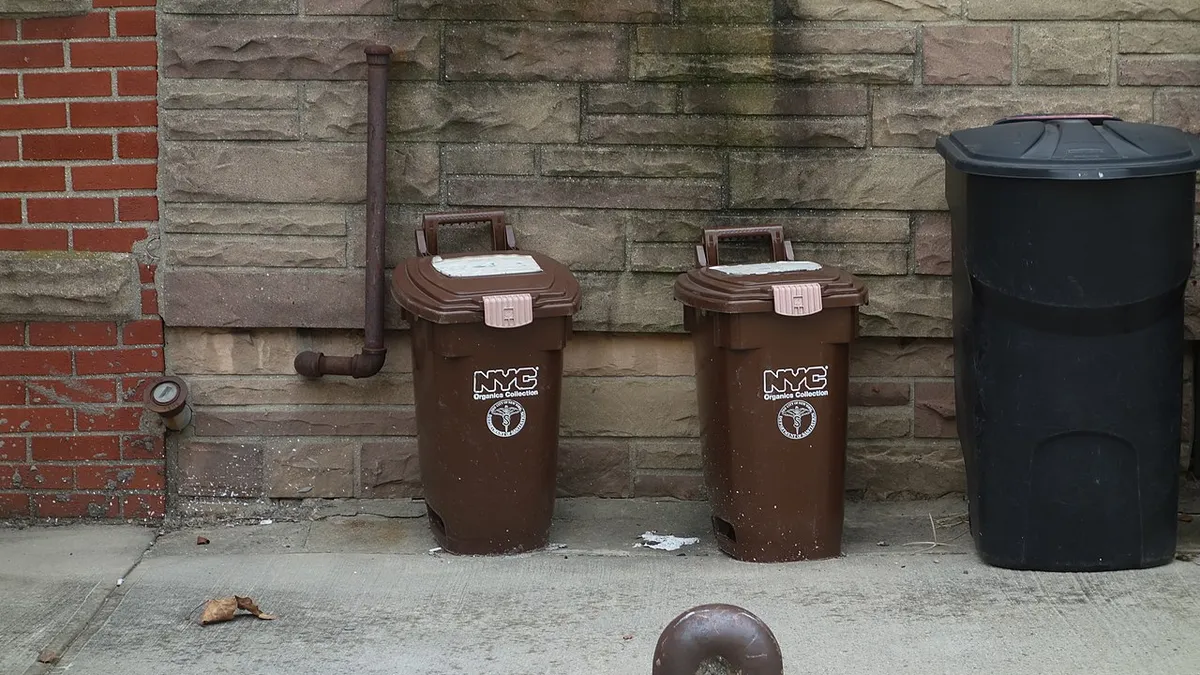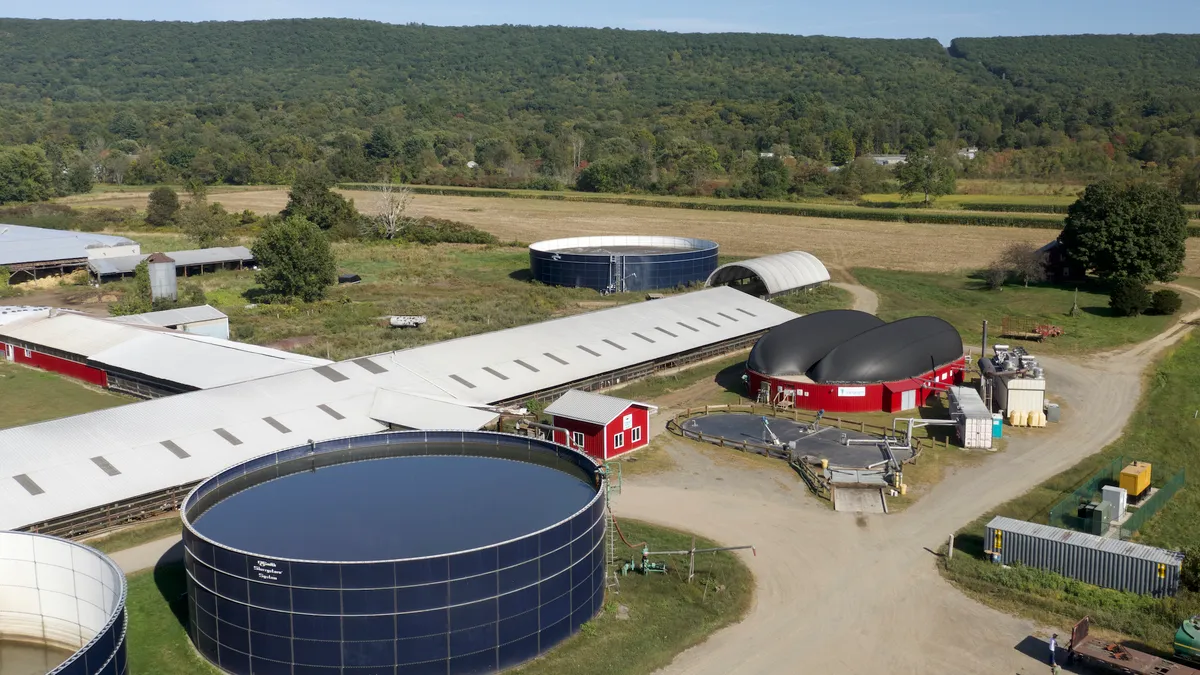Residents of a multifamily housing complex used at-home food waste processors they received for free about as much as people who paid full price for their devices, reported Mill, the device’s creator. The results came via a pilot Mill conducted in California’s Bay Area through a partnership with the West Valley Solid Waste Management Authority.
The study helped Mill test the appetite for its device among people living in smaller spaces. It also supported the company's view that its customers are using the food waste prevention device because they like how it fits into their lifestyle, not because they've invested hundreds of dollars in the system, said Scott Smithline, Mill's director of organics policy and research.
"One of the criticisms we get is, 'Of course people use their Mill, they spent $1,000 on it,'" Smithline said. "We're trying to separate out the component of the behavior that's based on an individual having purchased the device versus the behavior that's driven by the Mill food recycling system itself."
Advocates have touted a varied list of benefits that come from food waste reduction, ranging from the local to the global level. Food waste in landfills takes up space that could be better used by other, more difficult-to-recycle items. Food in landfills also creates a substantial amount of greenhouse gases, making food waste reduction an important climate strategy, advocates say.
Mill looks to provide a solution for people looking to reroute food waste in their kitchen from disposal. The dehydrated food grounds the device produces can be used to create compost, or the company can collect the material and use it to produce chicken feed.
Mill also says its device lowers the amount of food its users waste in general. In a study released earlier this year, the company said users typically reduced their total food waste by about 20% after owning their Mill device for three to four months. Many users said they began thinking about their food differently and became more conscious of their purchasing habits, shifting behaviors to become less wasteful, according to Mill.
The multifamily pilot uncovered a similar trend among users that did not pay for their devices. It also found that the proportion of users in the pilot that reported diverting "all or most food scraps" went from 47% before getting a Mill to 93% after getting a Mill. That’s similar to a jump from 26% to 85.9% that Mill observed among its paying customers.
The pilot involved 28 units, about half of the total units in the participating apartment complex. Participants in half of those 28 units responded fully to Mill's survey at the end of the six-month pilot. Smithline acknowledged that the data had the typical self-reporting bias, but he contended that the overall participation rate was still high for such a project.
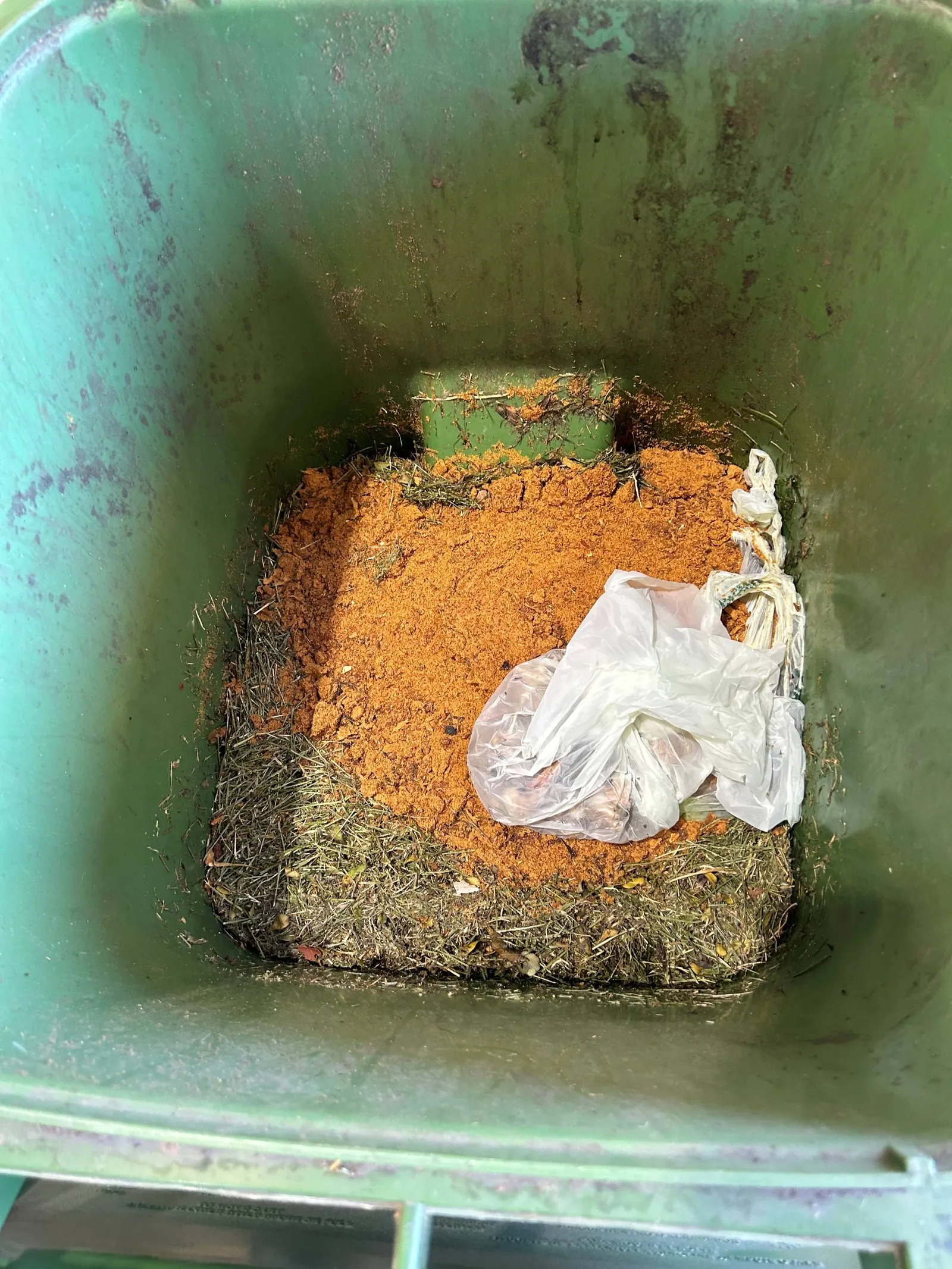
The participating property manager also reported a real change in its waste streams. The pilot diverted 2,075 total pounds of food waste and grew the complex's organics diversion rate fivefold. The property manager also said his solid waste service provider commented that the trash carts were no longer overflowing, simplifying service for the site.
The pilot has caught the attention of public officials. West Valley Solid Waste Management Authority staff are having conversations with Mill about ways to expand on the results. Board Chair Bryan Mekechuk said he bought a Mill himself after seeing the company's presentation and was pleased with the device.
Smithline said Mill continues to explore strategies to penetrate the multifamily space. He said there are two possible approaches: The company can attempt to reach every apartment, which would maximize diversion, or it could prioritize public spaces, which would maximize cost effectiveness.
There are obstacles to each strategy. For instance, Smithline noted it can be difficult to require a tenant to take a Mill into their unit if they're already living there rather than in the process of moving in. Space is also a limitation — about a third of the residents who chose not participate in Mill's multifamily pilot did not accept a device due to lack of space in their unit.
Nevertheless, the company remains committed to finding partners that are willing to deploy its devices en masse as a key growth strategy. By proving that its device gets strong participation among users who didn’t pay for it, the company hopes to convince municipalities that they could see a return on their own investment in the device.
“Partnering with cities is a strategic consideration for us. It's important for us to to achieve that scale,” Smithline said. “Even though this is a multifamily dwelling pilot, it's actually in some ways much more of a foray into, how do we scale this into alternative environments?”



